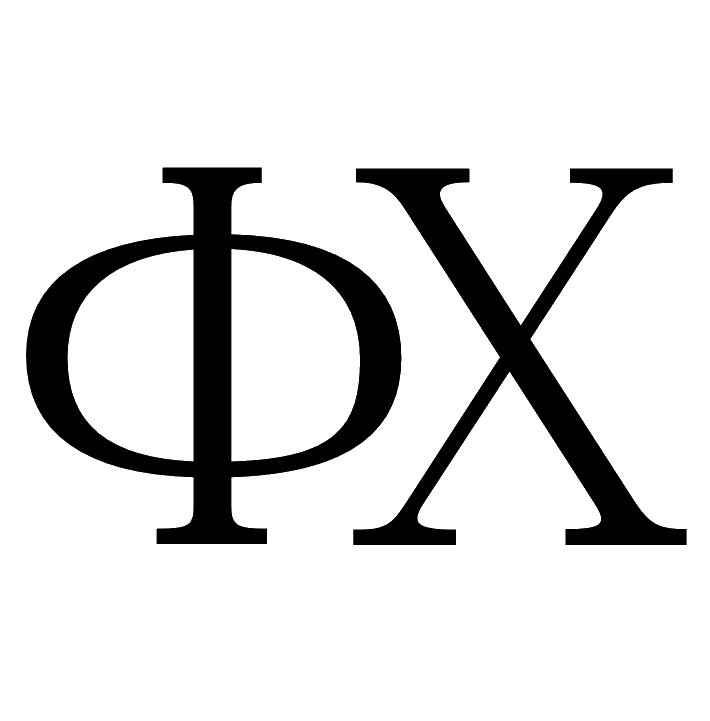Optical properties of LiNbO3:B crystals
N.V. Sidorov, M.V. Smirnov, R.A. Titov, N.A. Teplyakova, M.N. Palatnikov
Tananaev Institute of Chemistry Subdivision of the Federal Research Centre «Kola Science Centre of the Russian Academy of Sciences»
DOI: 10.26456/pcascnn/2022.14.227
Original article
Abstract: The optical properties of nominally pure LiNbO3stoich, near-stoichiometric LiNbO3stoich (6,0 wt% K2O), LiNbO3cong and LiNbO3:B (0,55 and 0,83 mol% B2O3 in the charge) crystals in the visible region of the spectrum (λ = 380-700 nm) were studied by photoluminescence. LiNbO3:B crystals were grown by Czochralski using the technology of a direct solid-phase doping of the congruent charge by boron oxide (B2O3). The photoluminescence intensity increases in the series of crystals: LiNbO3stoich, LiNbO3stoich (6,0 wt% K2O), and LiNbO3cong. The photoluminescence intensity is determined by the concentration of deep electron traps (NbLi – «niobium antisite») and the stoichiometry of these crystals. The photoluminescence intensity of LiNbO3:B (0,55 and 0,83 mol% B2O3 in the charge) crystals is close to the photoluminescence intensity of LiNbO3stoich crystal. This can be explained by the fact that the composition and structure of LiNbO3:B (0,55 and 0,83 mol% B2O3 in the charge) crystals approach the composition and structure of the stoichiometric crystal.
Keywords: lithium niobate, crystal, defects, direct solid-phase doping, photoluminescence
- Nikolay V. Sidorov – Dr. Sc., Professor, Chief Researcher and as Head of the Vibrational Spectroscopy Sector of the Electronic Engineering Materials Laboratory, Tananaev Institute of Chemistry Subdivision of the Federal Research Centre «Kola Science Centre of the Russian Academy of Sciences»
- Maksim V. Smirnov – postgraduate student, Tananaev Institute of Chemistry Subdivision of the Federal Research Centre «Kola Science Centre of the Russian Academy of Sciences»
- Roman A. Titov – Junior Researcher, Vibrational Spectroscopy Sector of the Electronic Engineering Materials Laboratory, Tananaev Institute of Chemistry Subdivision of the Federal Research Centre «Kola Science Centre of the Russian Academy of Sciences»
- Natalya A. Teplyakova – Ph. D., Senior Researcher, Vibrational Spectroscopy Sector of the Electronic Engineering Materials Laboratory, Tananaev Institute of Chemistry Subdivision of the Federal Research Centre «Kola Science Centre of the Russian Academy of Sciences»
- Mikhail N. Palatnikov – Dr. Sc., Chief Researcher and as Head of the Electronic Engineering Materials Laboratory, Tananaev Institute of Chemistry Subdivision of the Federal Research Centre «Kola Science Centre of the Russian Academy of Sciences»
Reference:
Sidorov, N.V. Optical properties of LiNbO3:B crystals / N.V. Sidorov, M.V. Smirnov, R.A. Titov, N.A. Teplyakova, M.N. Palatnikov // Physical and chemical aspects of the study of clusters, nanostructures and nanomaterials. — 2022. — I. 14. — P. 227-234. DOI: 10.26456/pcascnn/2022.14.227. (In Russian).
Full article (in Russian): download PDF file
References:
1. Sidorov N.V., Volk T.P., Mavrin B.N., Kalinnikov V.T. Niobat litiya: defekty, fotorefraktsiya, kolebatel'nyi spektr, polyaritony [Lithium niobate: defects, photorefraction, vibrational spectrum, polaritons]. Moscow, Nauka Publ., 2003, 255 p. (In Russian).
2. Sidorov N.V., Teplyakova N.A., Makarova O.V. et al. Boron influence on defect structure and properties of lithium niobate сrystals, Crystals, 2021, vol. 11, issue 5, art. no. 458, 37 p. DOI: 10.3390/cryst11050458.
3. Lеngyel K., Péter Á., Kovács L. et al. Growth, defect structure, and THz application of stoichiometric lithium niobate, Applied Physics Reviews, 2015, vol. 2, issue 4, pp. 040601-1-040601-28. DOI: 10.1063/1.4929917.
4. Sidorov N.V., Smirnov M.V., Teplyakova N.A., Palatnikov M.N. Photoluminescence and particular features of the defect structure of congruent and near-stoichiometric lithium niobate crystals obtained using different technologies, Optics and spectroscopy, 2020, vol. 128, issue 5, pp. 635-641. DOI: 10.1134/S0030400X2005015X.
5. Li Y., Li L., Cheng X., Zhao X. Microscopic properties of Mg in Li and Nb sites of LiNbO3 by first-principle hybrid functional: formation and related optical properties, The Journal of Physical Chemistry C, 2017, vol. 121, issue 16, pp. 8968-8975. DOI: 10.1021/ACS.JPCC.7B01274.
6. Blasse G. The luminescence of closed-shell transition-metal complexes. New developments, Luminescence and Energy Transfer. Structure and Bonding, Berlin, Heidelberg, Springer, 1980, vol. 42, pp. 1-41. DOI: 10.1007/3-540-10395-3_1.
7. Krol D.M., Blasse G., Powell R.C. The influence of the Li/Nb ratio on the luminescence properties of LiNbO3, The Journal of Chemical Physics, 1980, vol. 73, issue 1, pp. 163-166. DOI: 10.1063/1.439901.
8. Akhmadullin I.Sh., Golenishchev-Kutuzov V.A., Migachev S.A. Electronic structure of deep centers in LiNbO3, Physics of the Solid State, 1998, vol. 40, issue 6, pp. 1012-1018. DOI: 10.1134/1.1130478.
9. Kostritskii S.M., Aillerie M., Margueron S., Bourson P. Gated luminescence in as-grown and reduced undoped LiNbO3 crystals, Journal of Physics: Conference Series, 2013, vol. 416. art. no. 012033, 6 p. DOI: 10.1088/1742-6596/416/1/012033.
10. Wilkinson A.P., Cheetham A.K., Jarman R.H. The defect structure of congruently melting lithium niobate, Journal of Applied Physics, 1993, vol. 74, issue 5, pp. 3080-3083. DOI: 10.1063/1.354572.
11. Koppitz J., Schirmer O.F., Kuznetsov A.I. Thermal dissociation of bipolarons in reduced undoped LiNbO3, Europhysics Letters, 1987, vol. 4, no. 9, pp. 1055-1059. DOI: 10.1209/0295-5075/4/9/017.
